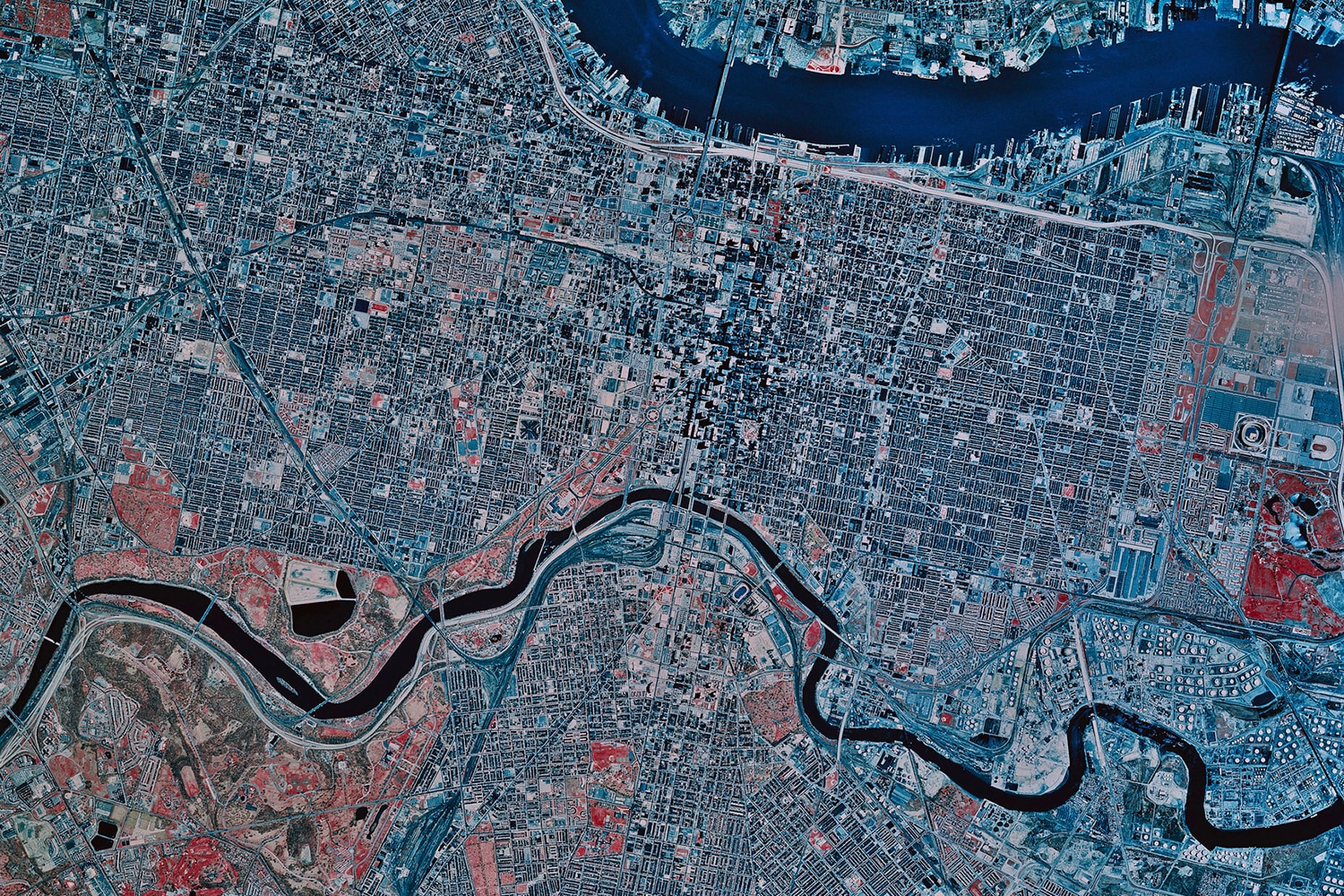One glance at the “amount owed” box on a medical bill can induce sticker shock. How easy it is for a person to pay that bill is one way researchers measure an individual’s financial well-being. But when it comes to cancer care, financial well-being can affect more than a medical bill. It can also affect your recovery—the comfort you have accessing care, your ability to follow a survivorship plan, your neighborhood’s safety, and your proximity to grocery stores and quality medical facilities.
Reginald Tucker-Seeley, a social epidemiologist at the Harvard T.H. Chan School of Public Health, studies how economic well-being affects not only individuals but entire neighborhoods. This type of research highlights policies and programs—such as zoning laws, park budgets and the makeup of commercial corridors—that can affect the neighborhood’s overall health.
Cancer Today spoke with Tucker-Seeley about why the role of the neighborhood environment must be part of efforts aimed at developing cancer prevention programs, improving access to quality cancer treatments and providing end-of-life counseling and hospice care.
Q: How did you become interested in this area of cancer research?
A: As I was doing research on financial hardship and illness and death, I realized that it wasn’t really clear how we defined terms like “financial hardship” or “financial strain,” and we need to have that clarity to fully capture people’s experiences. We do a crude job of assessing economic factors like financial well-being. Yet how people feel about their financial situation can affect cancer prevention and cancer care.
Q: How can this research help people with cancer?
A: Before we can intervene, we need to know what the real problem is. If we are going to address the economic burden or cost of cancer through policies and programs, we need to have better and more consistent definitions as well as rigorous ways to measure whether an intervention is working.
Q: What is the relationship between financial well-being and cancer prevention, treatment or end-of-life care?
A: When we talk about this issue, we tend to focus on only those who are at the lower end of the economic ladder or individuals who do not have insurance. Having health insurance helps, but it doesn’t cover all of the cost of care, and there are many indirect costs as well. For most people, financial security is dependent on monthly income, and studies show that most people don’t have savings that will give them a buffer from multiple months of lost income. Whether an individual is diagnosed with cancer or needs to be a caregiver, that loss of income could cause financial ruin.
Q: What is a healthy neighborhood?
A: We talk a lot about healthy neighborhoods, and while we may know one when we see one, what we don’t have are good ways to measure the economic well-being of a neighborhood. If we can precisely measure this, we can capture what type of environment is associated with having healthy residents, and what policies and programs can support this. You also have to talk to the people who live there. My earlier research showed that how people perceive their neighborhood is associated with whether they have a healthy lifestyle, so how people view their neighborhood—and the neighborhood’s economic well-being—matters.
Q: How does this tie into health care?
A: There is the material aspect of well-being and there is also the psychosocial aspect—how people feel about the resources they have or have access to. That psychosocial aspect is also associated with how patients navigate care. If we can figure out how to measure this psychosocial well-being, we can figure out how to develop policies and programs that have the potential to produce economically viable neighborhood environments.
Q: What else do we need to consider when we think about neighborhoods?
A: Sometimes when we talk about neighborhoods, we make the assumption that people always have the ability to choose where they live. But racial and ethnic segregation affect both the neighborhood’s composition as well as the type of retail and resources that are in or will come into the neighborhood. In terms of cancer, when we talk about survivorship care plans and helping people navigate post-treatment, neighborhood is important. Yet we haven’t studied the neighborhood environments that people go back to after treatment and how they can affect survivorship.
Cancer Today magazine is free to cancer patients, survivors and caregivers who live in the U.S. Subscribe here to receive four issues per year.





